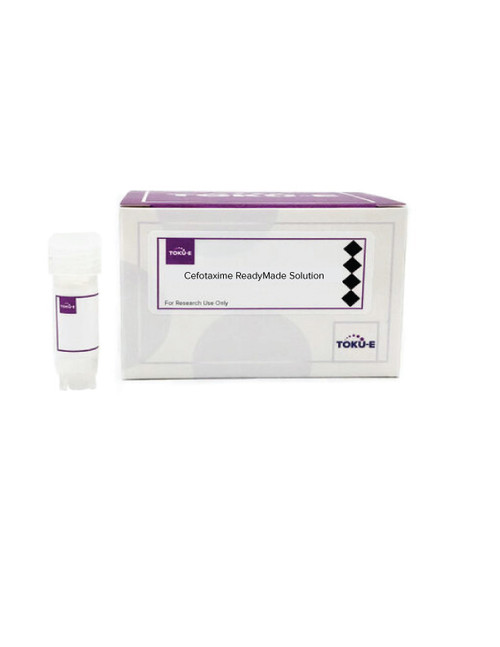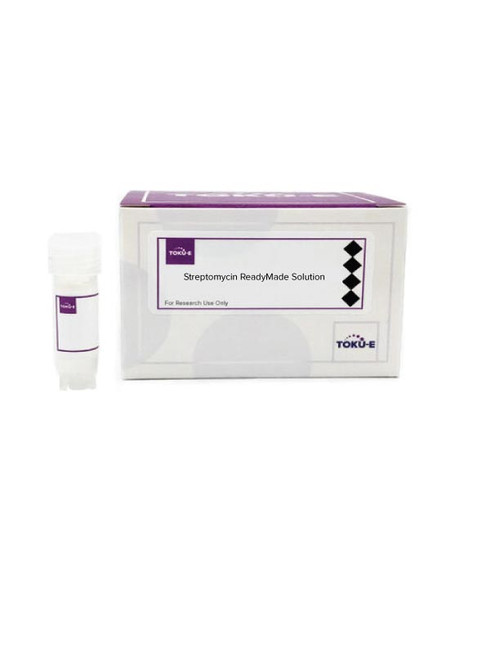Co-trimoxazole ReadyMade™ Solution is provided as a sterile-filtered solution formulated in DMSO at a concentration of 100 mg/ml.
Co-trimoxazole (Syn: Trimethoprim-Sulfamethoxazole) is a combination of two anti-infectives, trimethoprim and sulfamethoxazole, in a ratio of one part trimethoprim to five parts sulfamethoxazole. A syngergistic effect has been demonstrated both in vitro and in animal studies, as they inhibit successive steps in the folate synthesis pathway. Co-trimoxazole belongs to the sulfonamide class and is bactericidal and antiparasitic in nature, useful against bacteria causing respiratory tract infections It also has immunomodulatory and anti-inflammatory properties and may be studied to ameliorate the cytokine storm syndrome associated with severe COVID-19 disease.
| Mechanism of Action | Co-trimoxazole interferes with bacterial folic acid metabolism by blocking nucleotide biosynthesis. Trimethoprim binds to dihydrofolate reductase (DHFR) which blocks the reduction of dihydrofolic acid (DHF) to tetrahydrofolic acid (THF) and gives the compound its antimicrobial effect. Sulfamethoxazole interferes with nucleic acid synthesis by blocking conversion of p-aminobenzoic acid to the coenzyme dihydrofolic acid. The net result is to inhibit thymine synthesis which in turn prevents the synthesis of bacterial DNA. |
| Spectrum | Co-trimoxazole is broad-spectrum, active against Gram-negative bacteria, Gram-positive bacteria, fungi, parasites, and some mycobacteria. Non-susceptible organisms include Mycobacterium tuberculosis, Treponema pallidum, Pseudomonas aeruginosa and Mycoplasma species. |
| Microbiology Applications | In vitro activity of Co-trimoxazole was compared with ampicillin, tetracycline, sulfonamide and trimethoprim against 24 Gram-negative and 11 Gram-positive species. Co-trimoxazole is active against major pathogens of infections of the upper and lower respiratory, urinary tract and enteric infections and has a low incidence of resistant organisms. |
| Molecular Formula | C14H18N4O3 · 5 C10H11N3O3S |
| References |
Alanio A, Dellière S, Voicu S, Bretagne S and Mégarbane B (2021) The presence of Pneumocystis jirovecii in critically ill patients with COVID-19. J. Infection 82(4):84–123 Bauernfeind A, Hörl G and Przyklenk B (1987) Microbiological perspectives of Co-trimoxazole. Infection 15, S232–S235 Wormser GP, Keusch GT and Heel RC (1982) Co-trimoxazole (Trimethoprim-Sulfamethoxazole). Drug Eval. 24:459-518 |







